
Library of Congress Cataloging-in-Publication Data
Castaldo, Nancy F. (Nancy Fusco), 1962
Rainforests : an activity guide for ages 6-9 / Nancy F. Castaldo. 1st ed.
p. cm.
Summary: Provides facts and activities that explore tropical and temperate ancient forests, discusses how individuals can help preserve them, and describes well-known and unfamiliar creatures of the rainforest.
Includes bibliographical references ().
ISBN 1-55652-476-5
1. Rain forestsStudy and teachingActivity programsJuvenile literature. 2. Rain forest ecologyStudy and teachingActivity programsJuvenile literature. [1. Rain forests. 2. Rain forest ecology. 3. Ecology.] I. Title.
QH86 .C365 2003
577.34dc21
2002152661

Cover and interior design: Monica Baziuk
Cover and interior illustration: B. Kulak
2003 by Nancy F. Castaldo
All rights reserved First edition
Published by Chicago Review Press, Incorporated
814 North Franklin Street
Chicago, Illinois 60610
ISBN 978-1-55652-476-9
Printed in the United States of America
5 4 3 2
For those who dream of faraway forests and those who fight for their survival.
CONTENTS

ACKNOWLEDGMENTS
Many thanks to my dad for giving me the names of the trees, and to my mom for opening my mind to these marvelous forests. Thanks to Dolores Mannix for sharing her love and knowledge of the rainforests of South America, architect Geoff Miles for teaching me about the architecture of buttresses, and Kevin Russell, founder of the Rainforest Awareness Project, for his insights on the Borneo rainforests. Special thanks to Lisa Rosenthal and Cynthia Sherry for their enthusiasm and support. And always to Dean and Lucie for their constant love and encouragement.
INTRODUCTION
In all things of nature there is something of the marvelous.
Aristotle
The Greek philosopher Aristotle wrote these words over 2,000 years ago. And although Aristotle may never have traveled to a rainforest, his words certainly resound in the minds of all who have experienced these truly marvelous places. Rainforests are the oldest kind of forest. They have been growing on our planet for millions of years. They are home to the largest concentration of animals, birds, and insects on earth. In fact, some rainforest creatures havent even been named yet! Rainforests give our world enormous amounts of oxygen and store two-thirds of its fresh water. They give us medicines, spices, fruits, nuts, and chocolate. What could be more marvelous?
Most rainforests are near the equator. Those are called tropical rainforests. Others are farther away from the equator and are called temperate rainforests. These are found in places such as the Pacific Northwest of the United States and in parts of New Zealand. Both types of rainforests have a tremendous amount of rainfall each year and the same layers, including the forest floor, understory, canopy, and emergent. But they differ greatly in the variety of plants and animals they support.
Rainforests is written for everyone who marvels at these rainforests, whether or not you have visited one. Alone or in groups, you will enjoy the activities that explore these tropical and temperate ancient forests. You will also discover how you can help preserve them. Youll learn about creatures you may never have heard of and also about some familiar favorites. Facts will pop out in Rainforest Reflection sidebars, and ideas for more fun appear in Rainforest Challenges at the end of the book. Most of all, you will discover a new frontier that youll want to explore again and again. So turn the page and start getting wild about rainforests!
THE FOREST FLOOR
 Have you ever taken a hike in the woods? Think about what you see and hear there. The ground under your feet might be rocky or covered with leaves. Sunlight might be streaming down through the leaves of the trees to the ground at your feet. You may find deciduous trees, which lose their leaves in the fall, and evergreen trees, which stay green all through the winter. You could wrap your arms around most of the tree trunks you see. It might be quiet on your hike or you might hear a bird or two. Now imagine you have traveled to a rainforest. The word rainforest was created in 1903 to describe forests that grow in constantly wet conditions. In rainforests the rainfall is more than 80 inches (2 m) a year.
Have you ever taken a hike in the woods? Think about what you see and hear there. The ground under your feet might be rocky or covered with leaves. Sunlight might be streaming down through the leaves of the trees to the ground at your feet. You may find deciduous trees, which lose their leaves in the fall, and evergreen trees, which stay green all through the winter. You could wrap your arms around most of the tree trunks you see. It might be quiet on your hike or you might hear a bird or two. Now imagine you have traveled to a rainforest. The word rainforest was created in 1903 to describe forests that grow in constantly wet conditions. In rainforests the rainfall is more than 80 inches (2 m) a year.
You would find many differences between a rainforest and other forests that grow in drier or more temperate conditions. Rainforests are made up of many more layers than the temperate forests that might be near your home. The first layer of the rainforest is called the forest floor, and its the first layer that well explore. As you step into this layer, the first thing you might notice is the darkness. You will probably also find that its very humid. There are very few plants in this layer of the rainforest because only a small amount of sunlight is able to filter down through the upper layers. Soon, however, you will see that the forest floor is actually teeming with life. Lets find out about the creatures and plants that call this dark and humid layer home.
Decomposers
Almost everything that dies in the rainforest ends up on the forest floor. The fallen leaves and dead animals that end up there become food for an abundance of insects, bacteria, and fungi that help to decompose, or break down, these things into soil. Together with the humidity of the forest they make the forest floor an efficient decomposing machine. In fact, an ordinary leaf that would take up to a year to decompose on the floor of a temperate forest near your home could completely decompose and disappear on the floor of a tropical rainforest within six weeks.
Give Me the Dirt
All that is decomposed gives life to other organisms. It becomes soil that provides nutrients for plant life. It becomes food for critters such as worms. How do you think the dirt in your neighborhood is made? It also comes from decomposing plant and animal matter. The decomposition just happens a lot slower than in the rainforest. You can see the process in action by creating your own container for compost or decomposing material.

What You Need
- A grown-up to assist
- Garbage pail (either plastic or metal)
- Drill
- Soil or peat moss
- Grass clippings
- Shredded newspapers
- Water
- Shovel
What You Do
Ask a grown-up to drill many large holes all around the pail. This will allow air to get into the compost. The bacteria and fungi that will be working to break down the matter into soil need the oxygen from the air just as we do.
Next page




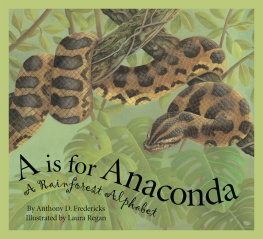
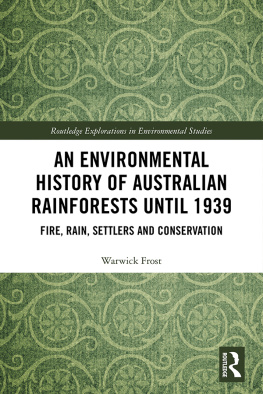
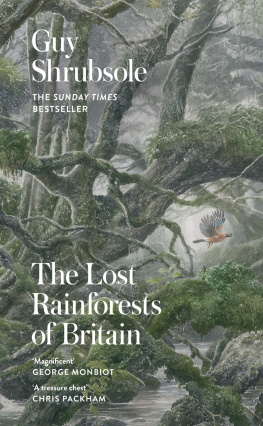
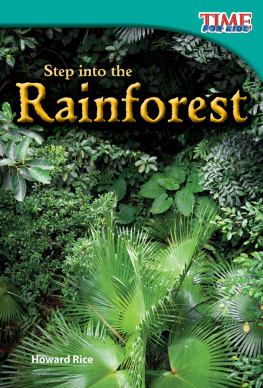
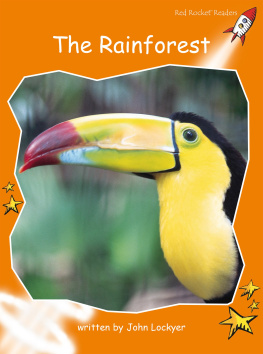

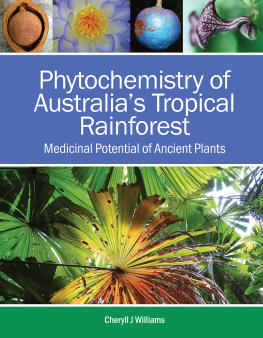
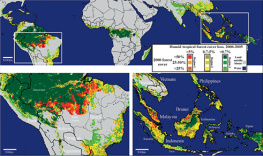
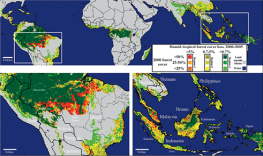
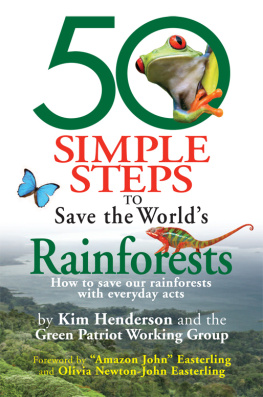



 Have you ever taken a hike in the woods? Think about what you see and hear there. The ground under your feet might be rocky or covered with leaves. Sunlight might be streaming down through the leaves of the trees to the ground at your feet. You may find deciduous trees, which lose their leaves in the fall, and evergreen trees, which stay green all through the winter. You could wrap your arms around most of the tree trunks you see. It might be quiet on your hike or you might hear a bird or two. Now imagine you have traveled to a rainforest. The word rainforest was created in 1903 to describe forests that grow in constantly wet conditions. In rainforests the rainfall is more than 80 inches (2 m) a year.
Have you ever taken a hike in the woods? Think about what you see and hear there. The ground under your feet might be rocky or covered with leaves. Sunlight might be streaming down through the leaves of the trees to the ground at your feet. You may find deciduous trees, which lose their leaves in the fall, and evergreen trees, which stay green all through the winter. You could wrap your arms around most of the tree trunks you see. It might be quiet on your hike or you might hear a bird or two. Now imagine you have traveled to a rainforest. The word rainforest was created in 1903 to describe forests that grow in constantly wet conditions. In rainforests the rainfall is more than 80 inches (2 m) a year.